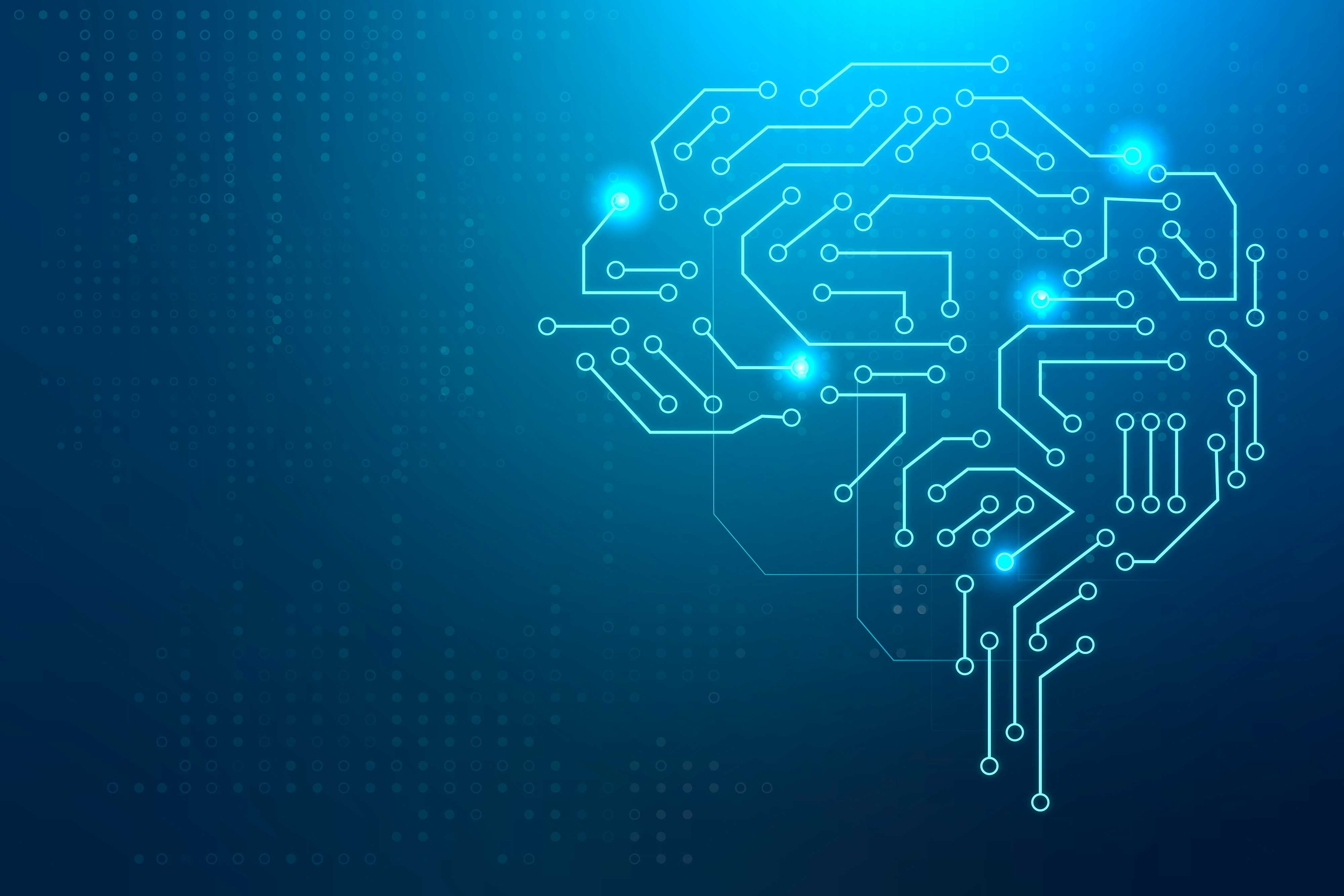ChatGPT: Revolutionizing the World of Natural Language Processing

Fun Fact/Disclaimer: This blogpost explaining ChatGPT was generated by ChatGPT, including the Page Title, Description and the Content. Except for this line and the image, whatever you see on this page is generated by ChatGPT.
If you're in the field of natural language processing, you've likely heard of ChatGPT. Developed by OpenAI, ChatGPT is a language model that has the ability to generate highly coherent and diverse text on a wide range of topics. But what exactly is ChatGPT and how is it being used?
What is ChatGPT
ChatGPT is based on the GPT (Generative Pre-trained Transformer) architecture, which uses deep learning techniques to generate human-like text. The model was trained on a massive dataset of internet text, allowing it to understand and respond to a wide range of topics and contexts. This makes ChatGPT a highly versatile tool for a variety of natural language processing tasks.
The GPT-3 architecture is based on transformer networks, which are a type of neural network architecture that was introduced in the paper "Attention Is All You Need" by Google researchers in 2017. Transformer networks are particularly well-suited for natural language processing tasks because they can handle sequences of variable length and have the ability to attend to different parts of the input when generating output.
One of the key features of ChatGPT is its ability to generate highly coherent and diverse text. This is due to the model being trained on a massive dataset of internet text, which allows it to understand and respond to a wide range of topics and contexts. This makes ChatGPT a highly versatile tool for a variety of natural language processing tasks.
Applications of ChatGPT
One of the most exciting applications of ChatGPT is its ability to be fine-tuned for specific tasks. For example, it can be fine-tuned for language translation, text summarization, or question answering. This allows for highly accurate and efficient results in these tasks, potentially saving businesses and organizations time and resources.
As OpenAI's CEO, Sam Altman said, "The ability to generate human-like text is a game changer for a lot of industries."
ChatGPT can also be used for more creative tasks like writing stories, poetry and more. The model's ability to understand and respond to context allows it to generate text that is not only grammatically correct, but also emotionally resonant. This has the potential to revolutionize the world of content creation, from advertising to entertainment.
Another exciting application of ChatGPT is in the field of conversational AI. The model's ability to understand and respond to a wide range of topics and contexts makes it well-suited for building chatbots and virtual assistants. This has the potential to improve customer service and make our interactions with technology more natural and seamless.
Conclusion
Overall, ChatGPT is a powerful and versatile tool for natural language processing. Its ability to understand and respond to a wide range of topics and contexts, as well as its ability to be fine-tuned for specific tasks, makes it a valuable asset for businesses and organizations in a variety of industries. As technology continues to advance, we can expect to see even more exciting applications of ChatGPT in the future. With the ability to generate human-like text, ChatGPT is set to change the way we interact with technology and machines. It's not just a step forward in the field of AI but also a leap towards human-computer interaction.